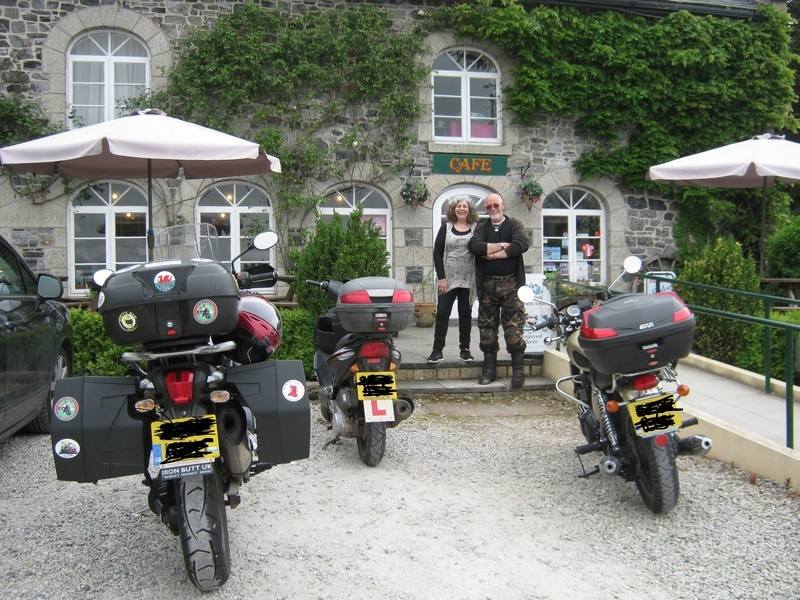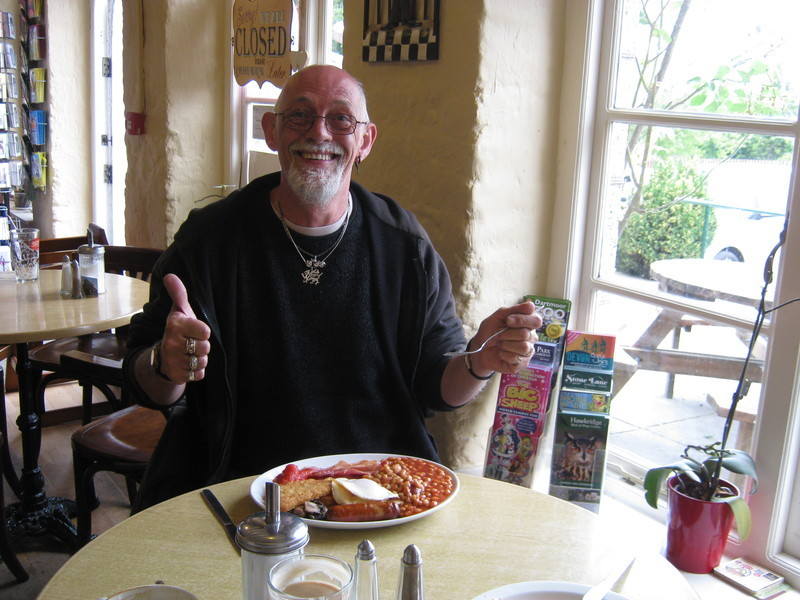Kawasaki rider History makers McGuinness and Mugen deliver again in SES TT Zero
Posted on
John McGuinness broke his own SES TT Zero record in today's Isle of Man TT Races with his teammate Bruce Anstey again following him home, as he did last year. Anstey was also inside McGuinnesses old lap record for the electric bike class.
John McGuinness was first away from the line but by Glen Helen Anstey had actually moved into the lead on timing, albeit with only a second separating the Mugen pair who had already established a 17 second lead over third placed Lee Johnson with his Victory Parker Racing teammate Guy Martin in fourth a further nine seconds back. Martin was a late replacement for William Dunlop who was injured earlier in the week during qualifying.
McGuinness had moved into the lead by the next timing point at Ballaugh Bridge with a lead of over two seconds from Anstey with the Team Mugen pair establishing a healthy lead at the front of the field. Johnson and Martin continued their challenge for the final podium spot with the Northern Ireleand rider establishing a lead of over 10 seconds from Martin at Ballaugh.
Robert Wilson consolidated fifth place for Belgium's team Sarolea Racing while James Cowton (Brunel University) and Michael Sweeney (University of Nottingham) were going head to head in sixth and seventh for the honour of finishing the first university.
At the front of the field McGuinness was being made to work for the race win by Anstey with the gap closing to less than three seconds but the Morecambe Missile held on to win with a new lap record of 119.279mph (18:58.743) from Anstey (118.857/19:02.785) with Lee Johnston taking third for Victory/Parker Racing with 111.620mph - 20:16.881. Guy Martin (109.717/ 20:37.987), Robert Wilson (106.510/21:15.256) completed the top five with Michael Sweeney (73.156/30:56.695) taking the University honours for Nottingham.
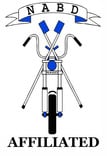



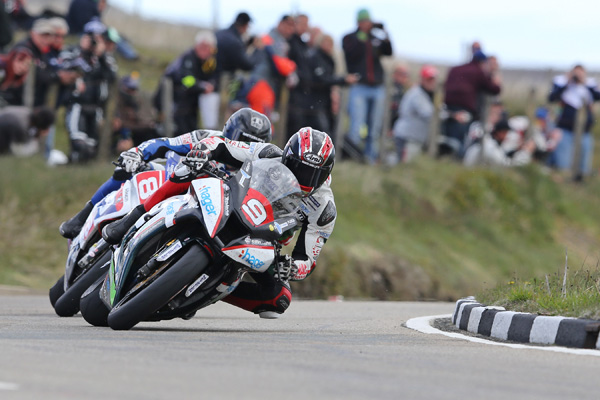 Dunlop set the early pace and he led at Glen Helen by 1.1s from Hillier with Hutchinson in third and Guy Martin in fourth ahead of Johnston and Gary Johnson. By Ramsey, the Northern Irishman still led and had added a second to his lead with Hutchinson now relegating Hillier to third.
Dunlop set the early pace and he led at Glen Helen by 1.1s from Hillier with Hutchinson in third and Guy Martin in fourth ahead of Johnston and Gary Johnson. By Ramsey, the Northern Irishman still led and had added a second to his lead with Hutchinson now relegating Hillier to third.
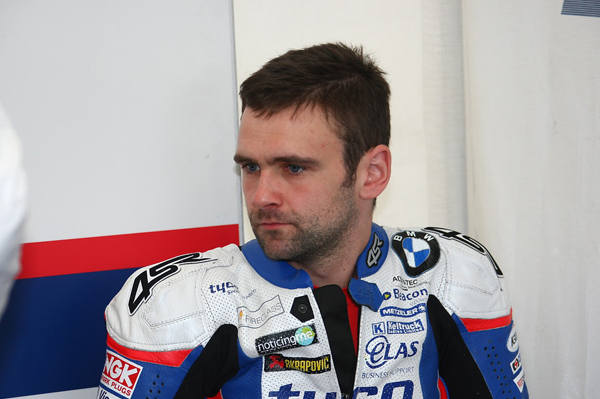 William was happy with his BMW Motorrad S1000RR machine and was on course for an impressive lap time before the incident, but most importantly William was not seriously injured.
William was happy with his BMW Motorrad S1000RR machine and was on course for an impressive lap time before the incident, but most importantly William was not seriously injured.